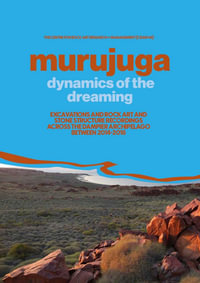
At a Glance
Paperback
$116.40
Aims to ship in 15 to 25 business days
When will this arrive by?
Enter delivery postcode to estimate
ISBN: 9780861592258
ISBN-10: 0861592255
Series: British Museum Research Publications
Published: 15th October 2024
Format: Paperback
Language: English
Number of Pages: 350
Audience: Professional and Scholarly
Publisher: BRITISH MUSEUM PR
Country of Publication: GB
Dimensions (cm): 21.8 x 30.8 x 5.1
Weight (kg): 3.42
Shipping
| Standard Shipping | Express Shipping | |
|---|---|---|
| Metro postcodes: | $9.99 | $14.95 |
| Regional postcodes: | $9.99 | $14.95 |
| Rural postcodes: | $9.99 | $14.95 |
How to return your order
At Booktopia, we offer hassle-free returns in accordance with our returns policy. If you wish to return an item, please get in touch with Booktopia Customer Care.
Additional postage charges may be applicable.
Defective items
If there is a problem with any of the items received for your order then the Booktopia Customer Care team is ready to assist you.
For more info please visit our Help Centre.























